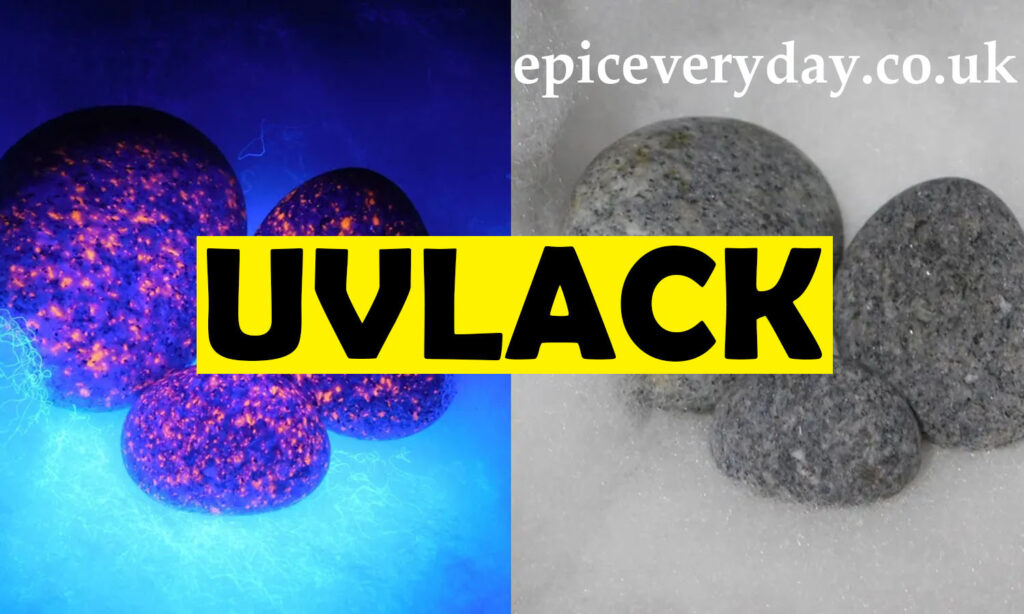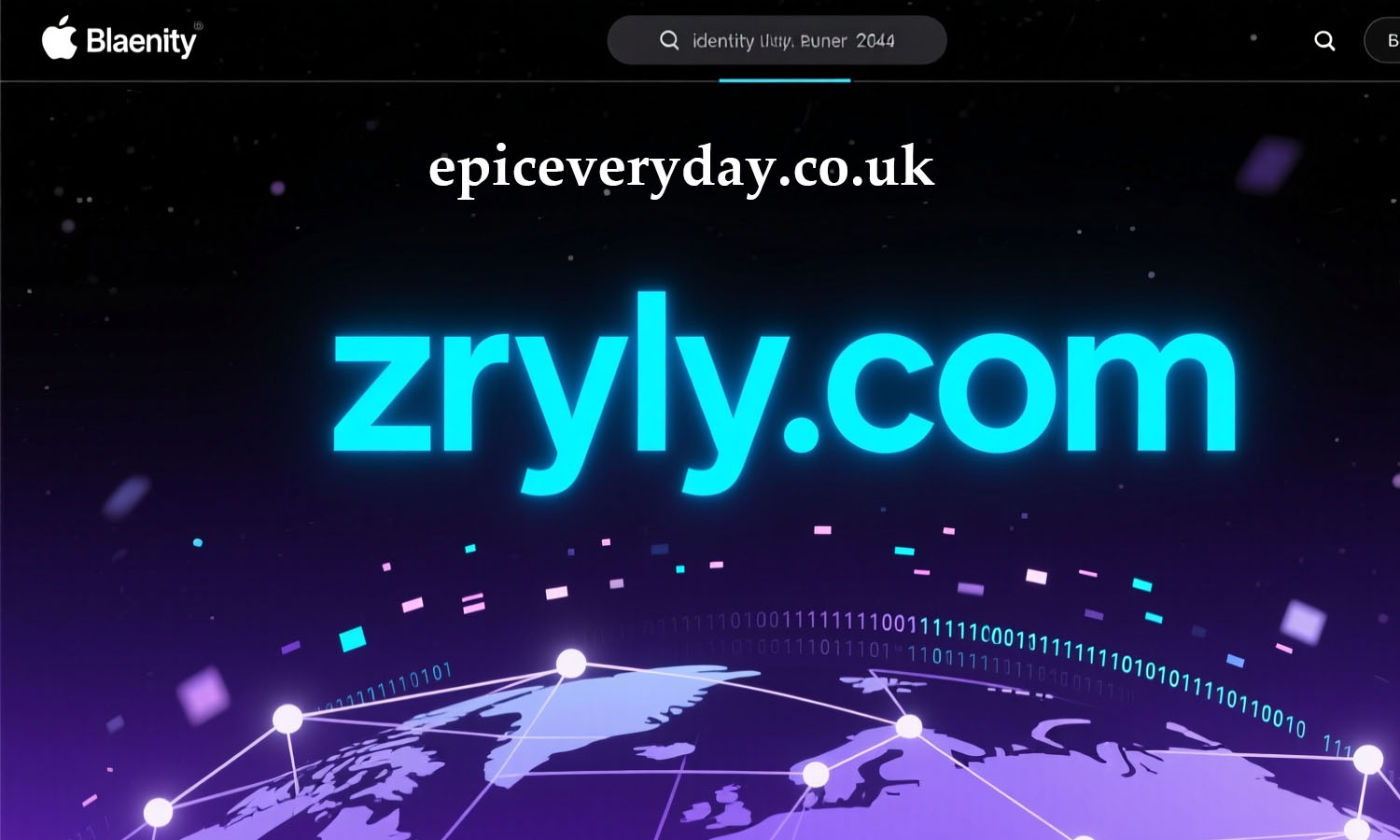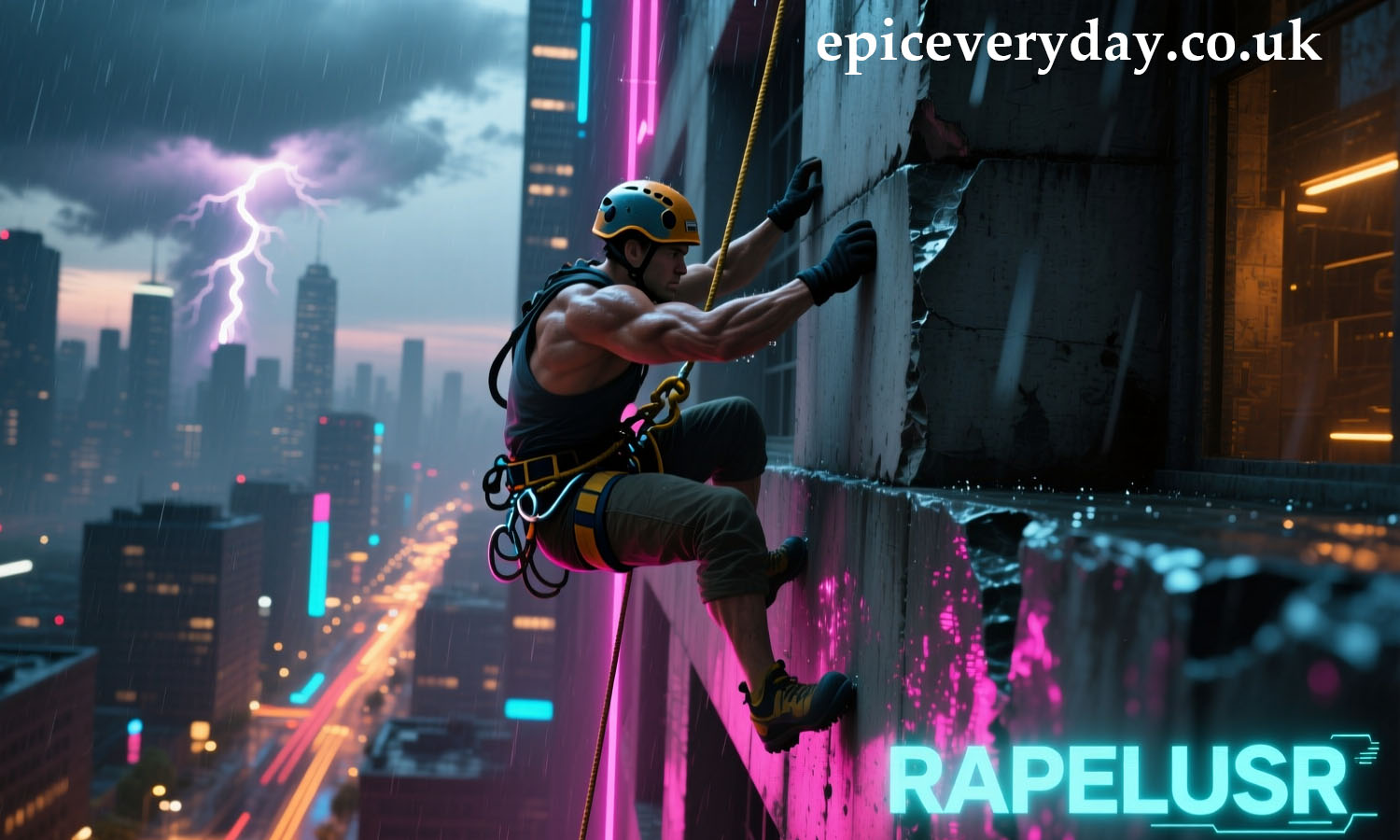The Ultimate Guide to UVLack: What It Is, Benefits, and How It Can Revolutionize Your Business
In today’s fast-paced and competitive market, businesses and manufacturers are always on the lookout for products and processes that enhance quality, reduce time, and offer superior performance. One such innovative product that has taken the industry by storm is UVLack. Known for its versatility and high efficiency, UVLack has become a game-changer in various sectors, from manufacturing to cosmetics. But what exactly is UVLack, and how can it benefit your business?
This comprehensive guide will cover all things UVLack – its uses, benefits, how it works, and much more. Whether you are a business owner, manufacturer, or consumer, understanding UVLack can help you make informed decisions that improve the quality and efficiency of your operations.
What Is UVLack?
UVLack is a type of coating that undergoes curing through ultraviolet (UV) light. It is widely used for finishing products in various industries, including automotive, printing, furniture, and cosmetics. The key feature of UVLack is its ability to cure almost instantly when exposed to UV light, making it a time-efficient solution for coating products that require a glossy, durable finish.
Unlike traditional coatings that require extended drying times, UVLack uses a photochemical process that allows for rapid curing. This enables manufacturers to increase throughput and reduce production times significantly. The process involves applying the UVLack to a surface and then exposing it to UV light, which causes the coating to harden almost instantly.
How Does UVLack Work?
UVLack works by using a chemical process called “photopolymerization.” When exposed to UV light, the molecules in the UVLack begin to form cross-links, turning the liquid into a solid coating. The UV light triggers the curing reaction, which causes the coating to harden and bond to the surface.
This process is highly efficient because it eliminates the need for traditional heat-based drying methods, which can take hours or even days. The result is a faster turnaround time and a more durable finish. UVLack coatings are known for their high resistance to wear, scratch marks, and other physical damages, making them ideal for products that require long-lasting protection.
Benefits of Using UVLack

- Faster Curing Time:
One of the most significant advantages of UVLack is its quick curing time. Traditional coatings can take hours to dry, but UVLack dries in seconds when exposed to UV light. This speed allows manufacturers to complete more tasks in less time, ultimately improving productivity and efficiency. - Durability and Protection:
UVLack provides a high-quality finish that is durable and resistant to scratches, stains, and fading. This makes it a popular choice for products that are subjected to wear and tear, such as automotive parts, furniture, and printed materials. - Eco-friendly:
Unlike traditional coatings that may emit harmful volatile organic compounds (VOCs), UVLack is often low in VOCs, making it more environmentally friendly. The curing process also requires less energy compared to heat-based methods, further reducing its environmental impact. - Versatility:
UVLack can be applied to a wide range of surfaces, including wood, metal, plastic, and paper. This versatility makes it an ideal solution for various industries, from printing to packaging and even the automotive sector. - Glossy and Attractive Finish:
UVLack coatings offer a glossy and attractive finish that enhances the overall appearance of the product. Whether you are producing high-end consumer goods or commercial products, UVLack provides a premium finish that appeals to customers. - Reduced Production Costs:
By eliminating the need for lengthy drying times and reducing energy consumption, UVLack can help businesses save on production costs. The rapid curing process allows for quicker manufacturing, which in turn leads to higher output and lower overall costs.
Industries That Benefit from UVLack
- Printing Industry:
UVLack is commonly used in the printing industry to coat printed materials such as brochures, posters, and packaging. The instant curing process allows for faster production, and the glossy finish adds a professional touch to printed materials. - Automotive Industry:
In the automotive sector, UVLack is used to coat various parts of vehicles, including trim, bumpers, and dashboards. The durability of UVLack coatings helps protect automotive parts from scratches, chips, and other damages, ensuring they maintain their aesthetic appeal over time. - Furniture Industry:
Furniture manufacturers use UVLack to provide a protective and visually appealing finish to wood surfaces. The coating adds a glossy sheen to wooden furniture while protecting it from wear and moisture damage. - Cosmetic Industry:
In the cosmetic industry, UVLack is used to create glossy, long-lasting finishes for products such as nail polish, lipstick, and packaging. The ability to cure instantly ensures that the products are ready for use or shipment in no time. - Packaging:
UVLack is also a popular choice for packaging applications. It is often used to coat labels, boxes, and other packaging materials, providing them with a protective and glossy finish that enhances their visual appeal.
How to Apply UVLack
Applying UVLack is relatively straightforward, but it requires precision and expertise. Here are the general steps for applying UVLack:
- Surface Preparation:
Before applying UVLack, ensure that the surface is clean and free of dust, grease, or other contaminants. Proper surface preparation is essential for achieving a smooth, durable finish. - Application:
Apply the UVLack coating evenly onto the surface using a spray gun, roller, or brush, depending on the specific application. The coating should be applied in thin, even layers to ensure an optimal finish. - UV Curing:
Once the coating is applied, expose it to UV light. The curing process typically takes only a few seconds, depending on the intensity of the UV light and the thickness of the coating. - Finishing:
After curing, inspect the surface for any imperfections. If necessary, additional layers of UVLack can be applied for added protection or gloss. Once the final layer is cured, the product is ready for use or shipment.
Frequently Asked Questions (FAQs)
1. Is UVLack safe to use?
Yes, UVLack is generally safe to use when applied correctly. However, as with any chemical product, it is important to follow the manufacturer’s safety instructions, wear appropriate protective gear, and work in a well-ventilated area.
2. Can UVLack be used on all types of materials?
UVLack can be applied to a wide range of materials, including wood, metal, plastic, paper, and more. However, it is essential to check the manufacturer’s guidelines to ensure compatibility with the specific material you are using.
3. How long does the UVLack coating last?
The longevity of UVLack coatings depends on various factors, including the type of surface, the environment, and the level of wear and tear. In general, UVLack coatings are highly durable and can last for years with proper care.
4. Can UVLack be removed or repaired?
While UVLack is highly durable, it can be removed or repaired if necessary. You can use specialized solvents or abrasive methods to remove the coating. For repairs, simply apply an additional layer of UVLack and cure it under UV light.
5. Is UVLack environmentally friendly?
Yes, UVLack is considered more environmentally friendly than traditional coatings. It generally contains fewer volatile organic compounds (VOCs) and requires less energy to cure, making it a more eco-conscious choice for manufacturers.
Conclusion
UVLack is a versatile and efficient solution for industries looking to improve product finishes, reduce production times, and enhance durability. Its ability to cure instantly under UV light not only speeds up manufacturing processes but also results in high-quality, long-lasting finishes. From the automotive industry to cosmetics, UVLack is revolutionizing how products are coated and protected, offering businesses numerous advantages, including cost savings and eco-friendliness.
Also Read : Is Herbciepscam Legit or a Scam? A Complete Guide to Understanding the Truth














Post Comment